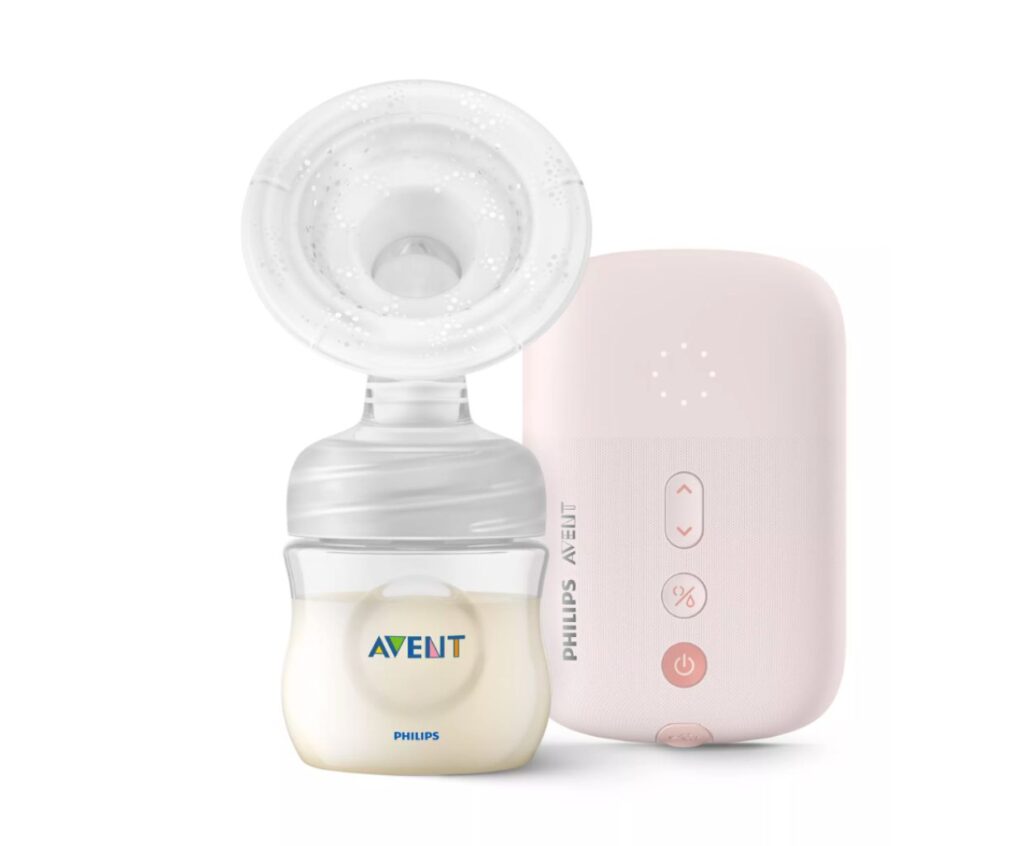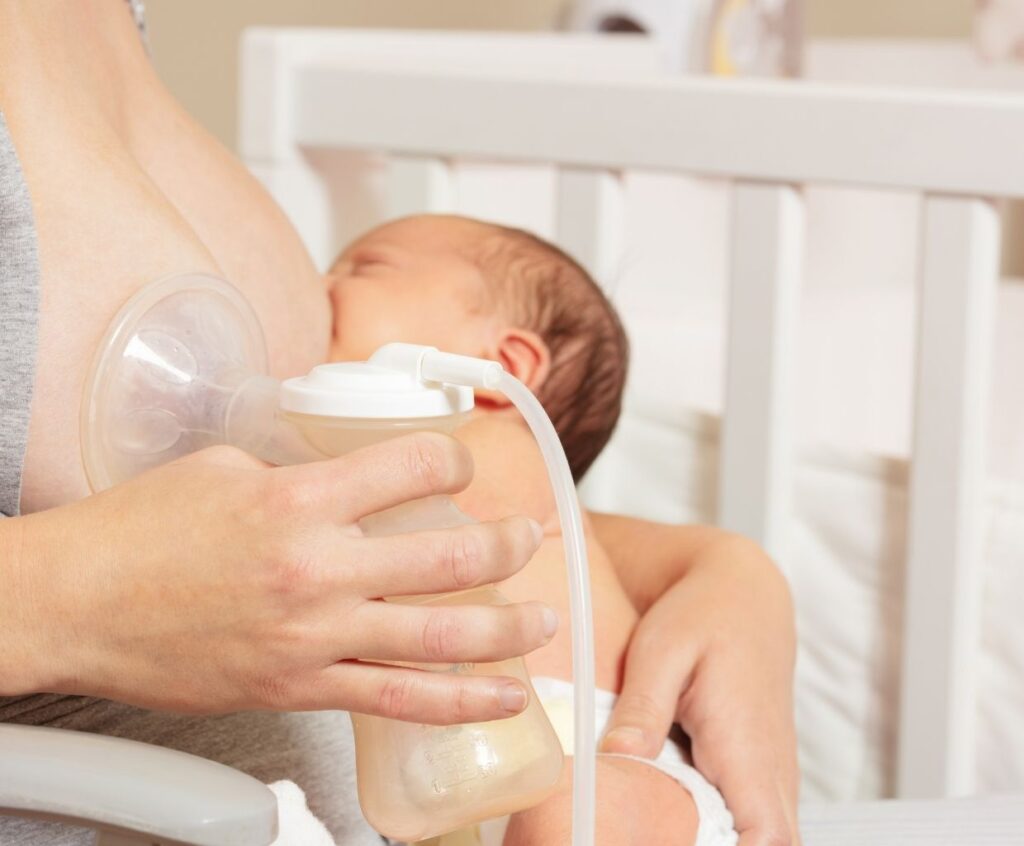Philips Avent Electric Breast Pump: Streamlining Your Breastfeeding Journey
Regarding breastfeeding, every mother wants the best for her baby. However, it’s not always easy to balance the demands of motherhood with other responsibilities. This is where the Philips Avent Electric Breast Pump comes to the rescue.
Designed with convenience and comfort in mind, this breast pump is a game-changer for nursing mothers.
Efficiency and Ease of Use
One of the standout features of the Philips Avent Electric Breast Pump is its efficiency. Its gentle suction technology mimics a baby’s natural sucking motion, ensuring a comfortable and efficient pumping experience. The pump also offers adjustable suction levels, allowing you to find the perfect setting that suits your comfort level.
Comfort and Convenience
Breastfeeding can be tiring and demanding, but the Philips Avent Electric Breast Pump aims to make it as comfortable and convenient as possible. The soft silicone breast cushion provides a gentle and comfortable fit, ensuring minimal discomfort during pumping sessions. The compact and lightweight design of the pump allows for easy portability, making it ideal for on-the-go moms.
Quiet and Discreet
The last thing you want is a noisy breast pump that attracts unwanted attention. The Philips Avent Electric Breast Pump operates quietly, allowing you to pump discreetly without any unnecessary noise. Whether at home, in the office, or in public, this pump ensures privacy and peace of mind.
Hygiene and Cleaning
Keeping your breast pump clean and hygienic is of utmost importance. The Philips Avent Electric Breast Pump makes this task a breeze. Its parts are dishwasher safe, making cleaning quick and hassle-free. Additionally, the pump’s closed system design prevents milk from flowing back into the tubing, reducing the risk of contamination.
Troubleshooting common issues with Philips Avent Electric Breast Pump
Here are some common issues that users may encounter with the Philips Avent Electric Breast Pump, along with possible troubleshooting steps:
1. Low suction power: If you experience low suction power, first ensure that all the pump parts are assembled correctly and securely. Check if the diaphragm is clean and undamaged. If it is dirty or worn out, replace it. Make sure the breast shield is the correct size for your nipple. If the issue persists, try adjusting the suction level or contact Philips customer support for assistance.
2. No or weak milk flow: If you are not getting tiny, check if the breast shield is positioned correctly on your breast. Ensure the pump is set to the appropriate suction level for comfort. Massage your breasts before and during pumping to stimulate milk flow. If you use the massage cushion, ensure it is appropriately centered around your nipple. If the problem continues, consult a lactation consultant or healthcare professional.
3. Pain or discomfort during pumping: If you experience pain or discomfort while pumping, check if the breast shield is the right size for your nipple. Ensure that the pump is set to a comfortable suction level. Applying a warm compress to your breasts before pumping can help with milk flow and reduce discomfort. If the issue persists, consult a lactation consultant or healthcare professional.
4. Motor not working or making unusual noise: If the motor is not working or making unusual noise, ensure that the power cord is securely plugged into a working outlet. Check if the power button is pressed correctly. If the pump still does not work, try using a different power outlet or contact Philips customer support for assistance.
5. Poor battery life: If you have issues with the battery life, ensure you fully charge the pump before each use. If the battery drains quickly, it may need to be replaced—Contact Philips customer support for further assistance.
Always refer to the user manual provided with the breast pump for specific troubleshooting steps and guidelines.
Tips for maintaining and cleaning Philips Avent Electric Breast Pump
1. Clean after each use: It is essential to clean the breast pump after each use to prevent the growth of bacteria. Disassemble all the parts and wash them with warm, soapy water. Rinse thoroughly and allow them to air dry.
2. Use a bottle brush: Use a bottle brush to clean the small parts, such as the valves and membranes. Make sure to scrub them well to remove any milk residue.
3. Sterilize regularly: Sterilize all the breast pump parts at least once a day, mainly if you use it multiple times a day. You can use a steam sterilizer or boil them in water for 5-10 minutes. Follow the manufacturer’s instructions for sterilizing.
4. Check for wear and tear: Regularly inspect the breast pump for any signs of wear and tear. If you notice any cracks or damage to the parts, replace them immediately to ensure the pump works properly and to prevent contamination.
5. Store properly: Store the breast pump parts in a clean, dry place after cleaning and sterilizing. Avoid storing them in airtight containers, as moisture can lead to the growth of bacteria.
6. Replace parts as needed: Some parts of the breast pump, such as the valves and membranes, may need to be replaced over time. Check the manufacturer’s instructions for recommended replacement schedules and replace them accordingly.
7. Avoid using abrasive cleaners: Do not use abrasive or scrubbers on the breast pump parts, as they can damage the surfaces. Stick to mild, non-abrasive cleaners and gentle scrubbing to ensure longevity.
8. Follow the manufacturer’s instructions: Always refer to the instructions for cleaning and maintaining your specific Philips Avent Electric Breast Pump. They will provide the most accurate and detailed information for your specific model.
Philips Avent Electric Breast Pump – Conclusion
The Philips Avent Electric Breast Pump is a must-have for any breastfeeding mother. Its efficiency, comfort, convenience, and discreet operation make it an invaluable tool in streamlining your breastfeeding journey.
With this pump by your side, you can quickly provide the best nutrition for your baby while still managing your other responsibilities.


